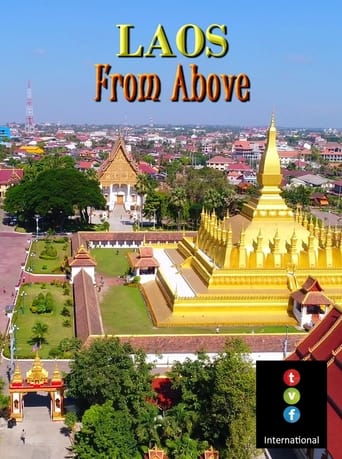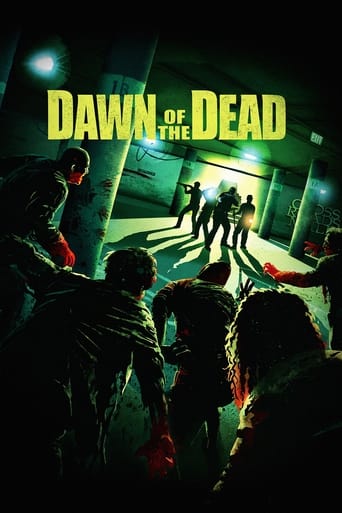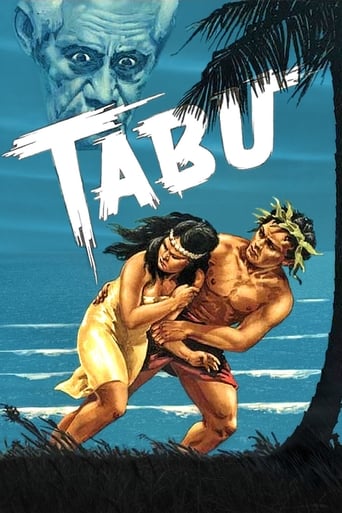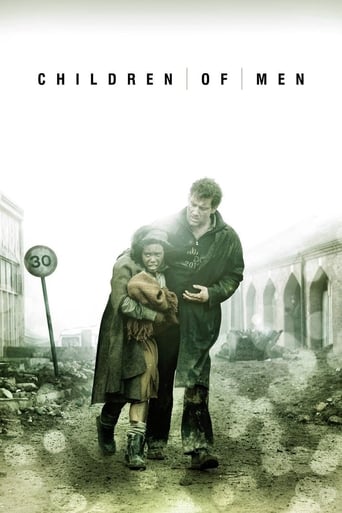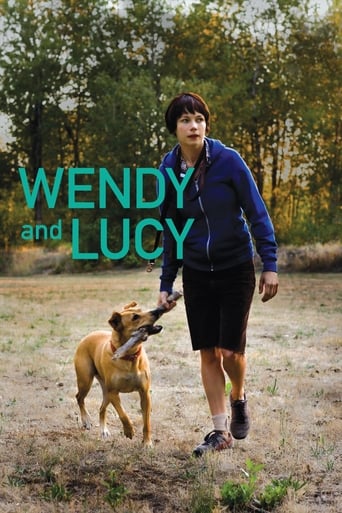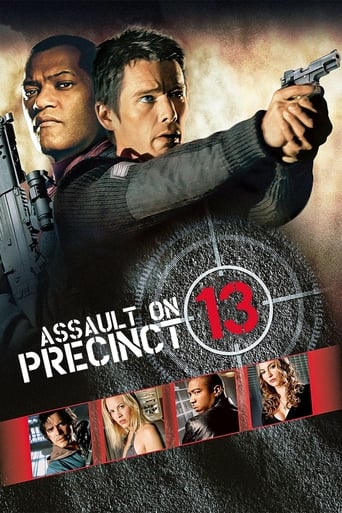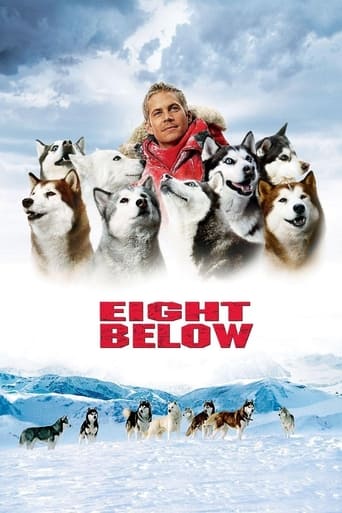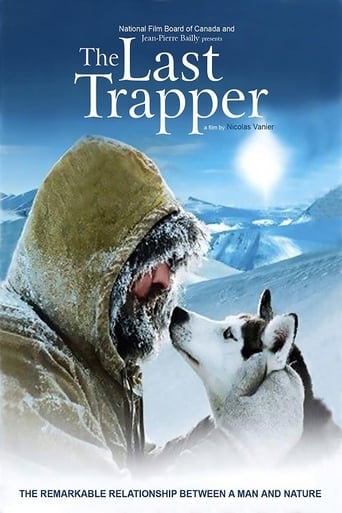
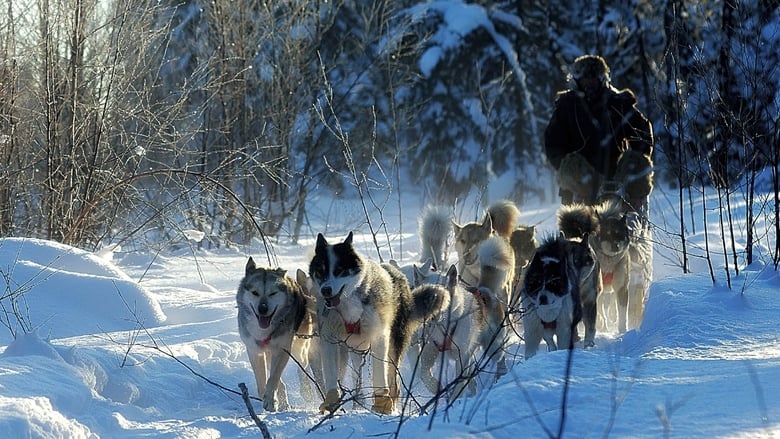
The Last Trapper (2004)
Norman is not just an admirer of nature, he's a part of it. He survives the harshness of the climate and the wildlife by coexisting with it. With his wife Nebraska, they live almost entirely off the land, making money by selling their furs.
Watch Trailer
Cast


Similar titles
Reviews
If you don't like this, we can't be friends.
I don't have all the words right now but this film is a work of art.
Good story, Not enough for a whole film
Crappy film
I agree this film is worth viewing for the gorgeous images of nature. However, there are several aspects that make me wonder.How can it happen that the trapper never meets any First Nations people, in particular Northern Athabaskan people, apart from his wife? If that is merely due to low population density, how can it happen that he never thinks or speaks about them, in particular considering how much he's worried about the role of man as part of nature, as a respectful partner of nature, and the danger that man might stop playing that role? There are many First Nations in North America striving hard to live a lifestyle respectful of nature, and they are far from giving up on it, even though their Nations have been under dire pressure from European-style civilization for generations. As opposed to our two trappers in the film, there are many young people among them; actually, First Nations populations in North America tend to be growing today.I can't understand why the film-makers chose to keep that topic dead quiet, in particular considering that more than one First Nation is mentioned during the end credits of the film, so it does appear they used indigenous knowledge and help in making the film. It seems disrespectful to me, and filled with bitter irony, to make a film claiming that nature needs man for its equilibrium, and then represent man as a white trapper, not once mentioning First Nations... Certainly not all white people are evil, and First Nations are not simply "noble savages", but the general tendency is that white hunters have not been all that helpful to the equilibrium of nature in North America, and First Nations have greatly suffered from it. A white trapper using First Nations for nothing except getting a much younger wife to serve him is even worse than the average racist cliché...Besides, i have to support the observation by hsilberstein-1 that the behavior of the trapper makes you wonder. I admit i lived in cities all my life, so i may not be very qualified to judge back-country survival skills, but i have done a lot of alpine mountaineering in my life and i have done a number of multi-day hikes in the outback in Canada, in bear country, some of them solo. In addition to the dubious scenes listed by hsilberstein-1, there are several more where he behaves in ways that even i, with my limited experience, can easily recognize as needlessly asking for trouble. Among the worst is his encounter with the adult brown bear. He surprises a huge Grizzly at close range, and the animal is obviously deeply scared by the man: It gets up on its hind legs and bares his fangs, which a Grizzly usually only does when feeling threatened. What does the trapper do? He utters no word. In such a situation, it is imperative to start speaking (no matter what) in a low, monotonous voice, like when consoling a child. He does not move at all. In such a situation, it is imperative to slowly back away (without turning around and without stumbling). He does not slowly raise his arms to appear larger. He does not pick up his dog, thus risking that it might run away or that it might even make a rush at the bear, or that the bear might choose to try and catch it. Instead, he challenges the already upset bear by staring at him for a considerable time, right into his eyes. He is indeed lucky to get away with that absurd, almost suicidal behavior. Kudos to that bear for keeping his cold blood anyway and doing the reasonable thing, just leaving the scene all the same. Given numerous instances of such strange behavior, i doubt this film has much merit as a documentary.
While many viewers found the film beautiful and made them love nature, it also should be a warning to us all if our children to see this disappearing beauty. Here is why. We depend on nature and animals to survive. Pollution, eating species into extinction and massacre of environment happens on global scale: sacred and very needed by life on Earth trees are being massacred by human predator. Gold mining, illegal tree cutting, illegal ranching in Amazon already destroyed a lot of sacred trees. Animals' habitat is disappearing with exponential (unbounded) rate. Films: "AMAZON with Bruce Perry", "The End of the Line (2009)". Most vicious predator (human) must learn to stop destroying its own environment. (Aside: the human is most vicious predator because it kills for sports.) While most vicious predator propagates with exponential (unbounded) rate, the nature and animals disappear with exponential rate at the hand of most vicious predator. Most vicious predator must stop unbounded (exponential) reproduction: it leaves no space for healthy environment for most vicious predator and leaves no space for animals. CONSUMPTION is not "cool" anymore. Echo-systems sustain the economies. Economies do not sustain the echo-systems. Bottom-lines and corporations only destroy the nature, environment and animals. In the past, we hoped that our technology would help us to live better lives, but as of today, our technology (better traps, binoculars, nets, better sonars to track our prey, better guns, etc) only leads us to the SIXTH EXTINCTION of all life on the planet, at the hand of the human. If you cannot farm it - do not kill it.
I lately bought the DVD - the landscape is astoundingly filmed, the music is a little similar to the movie of JEREMIAH JOHNSON (the first lines of the music sound like stolen) but the behavior of Norman is sure sometimes very strange and "more than a little stupid" as to say for someone who spent a lifetime in the wild of Yukon: sledging over a lake that just has been frozen (!), pushing his sled up a steep hill..., sledging a crevice in deep snow..., trying to shoot an elk and not hitting it..., building a nest that Nebaska is trying to climb up and brakes down.... and most disturbing not listening to his fine subtle Nebaska Mary Loo....Anyway - Vanier has done a good job: he shows a periled area in the North which is vanishing not only by the loggers as well of climate change!
I stumbled across this movie on TV, and its pace and photography somehow captivated me - to be honest - I spent most of the movie trying to determine if it was a documentary or a poorly acted film. Having researched it, I now understand its concept, using the characters to portray themselves, which is what had me "confused" during my first experience. This said, the movie makers deserve a lot of credit for literally weathering the severe climate of its location as well as for some stunning nature photography. I agree with some of the other comments that the use of non-actors to portray themselves in day to day situations often is awkward as their embarrassment can be sensed, however I doubt that its credibility would be the same if real actors would have been used. The movie portrays the harshness of life in the wild, and documents a lifestyle that is soon to be extinguished by the ever expanding modernization. That is clearly shown when the aging trapper friend is shown using a modern snowmobile, and the frequent references to the pending retirement of the "last trapper". Enjoy this film for what it is, particularly if you have young children and enjoy a break from the ever present "Hollywood" portrayal of real life adventurers.


